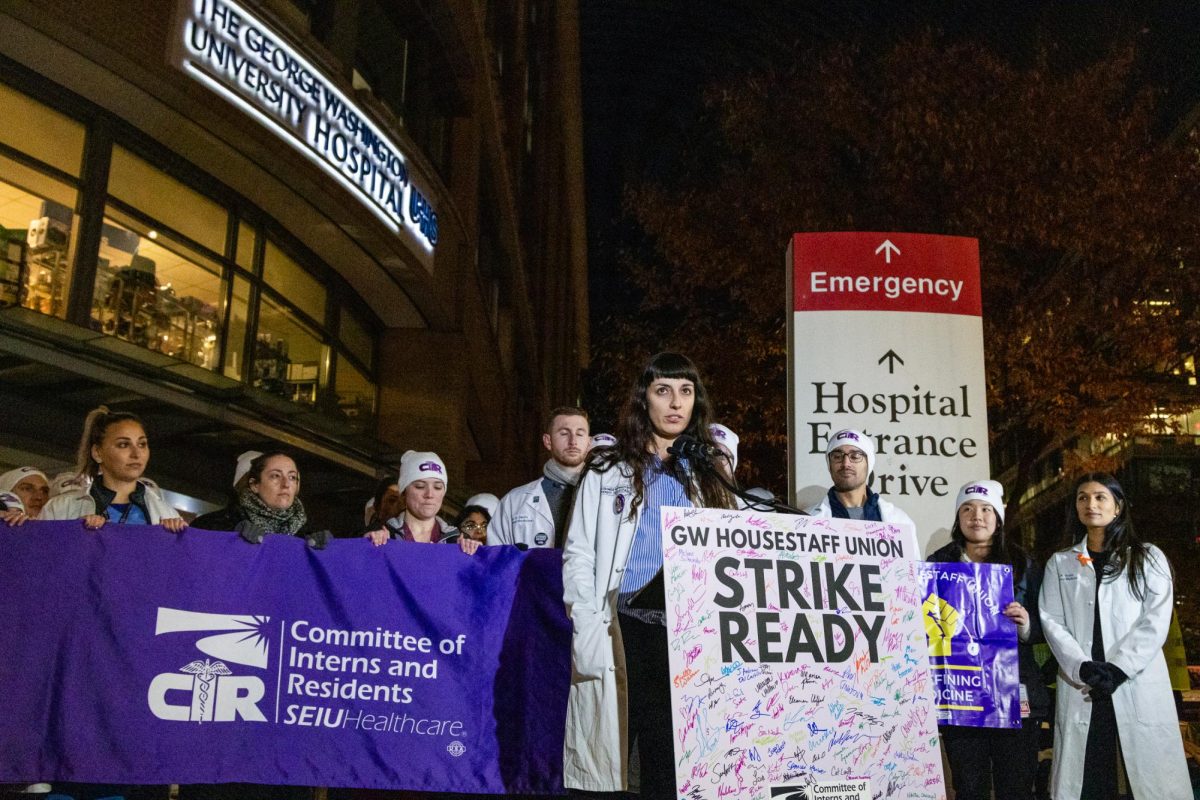The GW Hospital will be the first in the District to offer advanced software for stroke patients, according to a hospital press release Wednesday.
The hospital will soon use RAPID CT Perfusion – a brain imaging software platform used to identify treatment options for stroke patients. The automated system allows doctors to locate early signs of brain injury or reductions in blood flow to the brain, the release states.
Kimberly Russo, the hospital’s chief executive officer and managing director, said that offering advanced technology is “vital” to GW Hospital’s mission to enhance patient care.
“The implementation of this new software is one more way we are fulfilling this mission and ultimately, improving care for those affected by stroke,” Russo said.
The American Heart Association and American Stroke Association approved new stroke treatment guidelines last spring that allow for a wider range of stroke patients to qualify for life-saving treatments, like clot removal and dissolving, the release states.
The RAPID platform will help identify some patients with salvageable brain tissue up to 24 hours after they were last seen well, whereas the prior treatment window for mechanical thrombectomy – blood clot removing treatment – was up to six hours, the release states.
Dimitri Sigounas, a neurosurgeon and interventional neuroradiologist at the hospital, said the center is one of few tristate hospitals that offers around-the-clock neurointerventional radiology specialists to perform minimally invasive procedures and treatment for complex strokes.
“This new technology enables us to plan and prepare for these procedures more quickly and precisely, ultimately resulting in improved outcomes for our patients,” Sigounas said in the release.
The RAPID platform also provides immediate results to doctors without needing to exchange emails containing patients’ private information, which simplifies physicians’ communication about changes to a patient’s blood flow, according to the release.
“During a stroke, minutes matter,” Henry Kaminski, the hospital’s neurology department chair, said in the release. “Clot removal and dissolving treatments greatly enhance outcomes for stroke patients. The quicker we can bring this treatment to the patients who will benefit, the better outcomes patients will have.”




